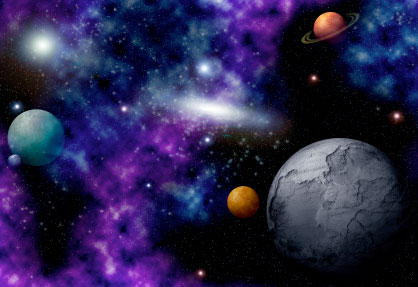Why Does The Almanac Call Planets “Stars”?
If you’ve ever looked at the calendar pages in your copy of the Farmers’ Almanac, you may have noticed that we refer to the planets as stars. Find out why.

If you’ve ever looked at the calendar pages in your copy of the Farmers’ Almanac, you may have noticed that we refer to the planets as stars. This may be somewhat confusing to a first time Almanac user, but it’s a long-standing tradition that is part of our heritage.
If you check your local newspaper’s weather page, you’ll likely see the planets noted in the almanac section as “morning stars” or “evening stars.” Planets that are visible in the evening sky have always been called “evening stars,” while planets visible in the morning sky are known as “morning stars.” Before the invention of the telescope, we had no idea what the planets were. They were “star-like” in appearance, but differed from the stars in that they seldom twinkled, and appeared to have the freedom to wander in the heavens, while the other stars remained rooted in their positions.
Though we now know that planets are very different from stars, the long-standing tradition of referring to them as “stars” continues to this very day.
This article was published by the staff at Farmers' Almanac. Do you have a question or an idea for an article? Contact us!






